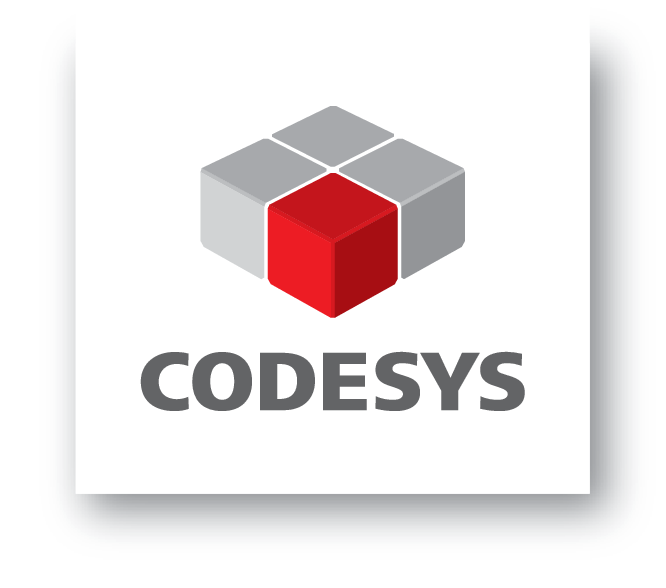Machining the future at the industrial edge
Breaking the dependency between software and hardware
Manufacturers are facing increasing pressure to reduce costs, improve efficiency, and deliver products to market faster. Traditional models of increasing capacity through adding people or equipment are often too costly to stay competitive, and manufacturers are looking for new ways to improve their operations. To meet these demands, artificial intelligence (AI) and data-driven manufacturing are emerging as significant forces in industrial automation.
In industrial automation, programmable logic controllers (PLCs) have been important for controlling and monitoring machines and processes. However, as the industry evolves, a significant shift is underway: the adoption of soft PLCs—software programs engineered to operate on hardened, general-purpose computers.
There is an increasing demand within the industrial ecosystem for more flexible automation solutions, echoing the call for greater hardware independence. By employing soft PLCs, manufacturers can adeptly navigate the surging cost pressures and amplified demand for performance optimization, all within smaller form factors.
Traditional soft PLCs are usually coupled to a specific vendor and hardware type. This can pose challenges when it comes to adaptability, application portability, and scalability. Conversely, by decoupling from hardware, soft PLCs can run on standard industrial PC (IPC) hardware, granting end-users more flexibility and freedom of choice.
The shift toward a hardware-agnostic soft PLC is a transformative milestone. Breaking away from the limitations of automation solutions designed to operate on a particular vendor's hardware running a single application workload.
Embracing soft PLCs signifies a transformative leap from rigid, embedded systems to a collaborative, modular ecosystem, ensuring industry accepted performance and unparalleled flexibility
Maximizing return of investment (ROI) with edge-driven automation
The adoption of soft PLCs is evident across a broad range of industries, including automotive, pharmaceutical, oil and gas, and chemicals. In a recent research, McKinsey indicates that the adoption of soft PLCs is expected to double between 2019 and 2025.2
As this trend toward hardware-agnostic solutions gains momentum, customers can select the solution that aligns best with their requirements, including considerations like performance, durability, and cost. This offers several advantages over alternative form factors, including:
Cost-effectiveness: Shifting to hardware-agnostic soft PLC translates into financial benefits over traditional models, minimizing both initial investment and ongoing expenses.
Flexibility: Provide portability across hardware platforms with ease and customization to application needs. Adding new functionalities like machine vision systems, becomes as simple as connecting a USB camera to an industrial PC.
Security: Benefits over traditional controllers, as soft PLCs can be more readily patched and updated with the latest security fixes. Can be segmented and isolated lessen the risk of cyber threats.
Performance: Taking advantage of the latest advances, such as multicore processors and solid-state drives, help end users to improve the performance of their industrial automation systems.
Life cycle management: Can be updated and maintained more efficiently than hard PLCs. This can help manufacturers to extend asset lifespan and reduce downtime.
Embracing a modern approach to industrial automation
Industrial edge platforms provide a security-focused and reliable environment for industrial applications close to the machines and processes they control. With real-time performance and scalable solutions to allow manufacturers to deploy and operate soft PLCs effectively, cutting costs and speeding up time to market.
Collaboration that matters
Transitioning to open system architectures necessitates active collaboration with the right technology partners to mitigate risks associated with new technologies.
Bringing open source innovation to the forefront, industry leaders Intel and Red Hat collaborate to deliver an industrial edge platform that helps reduce complexity, risks, and costs associated with engineering, deployment and managing open automation solutions at scale.
Expertise coupled with a broad ecosystem of partners, ensures a continuous, security-focused, and reliable transition to modern automation and control solutions.
Learn more
The journey towards innovation requires a collaborative industrial ecosystem.
Transform your operations with our industrial edge platform, optimizing costs, efficiency, and speed to market. Discover more about our solutions and how they can future-proof your manufacturing operations.
Explore the future of automation. Visit redhat.com and forge your path with an industrial edge platform.
McKinsey & Company. "Is industrial automation headed for a tipping point?" mckinsey.com, 16 June 2023.

